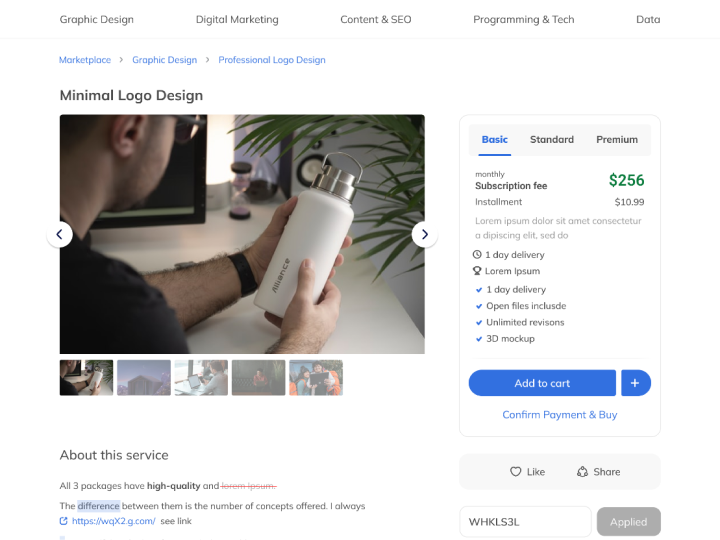Are you ready to craft an impactful product development team? Building an effective product development team isn’t easy – but with the right structure, roles, and strategy, you can create a team that’s capable of delivering success. From identifying the key roles and responsibilities to developing a comprehensive team strategy, this blog post explores everything you need to know about building an effective product development team. So if you’re ready to create an unstoppable product development unit, let’s get started!
What is a Product Development Team?
A Product Development Team is a multi-disciplinary group of experts who collaborate to design, develop and launch a new product that meets the target market’s needs and meets the company’s goals and objectives.
The product development team’s roles and responsibilities include the following:
- Developing software or product.
- Designing databases and writing code.
- Testing and debugging applications.
- Providing technical support.
The product development team must stay up-to-date with the latest technologies and trends to create better solutions. Knowledge of advances in the field, such as machine learning, artificial intelligence, and augmented reality, can help them craft innovative solutions to complex problems. Additionally, staying abreast of industry best practices in software engineering can ensure that the product meets quality standards and is built with scalability and security in mind. By keeping up with technological advancements and industry trends, the development team can create a product that meets customer expectations and stands out from competitors.
Role of a Product Development Team

Assuring software quality through development support and teamwork is one of a product development team‘s most significant roles and responsibilities. This includes planning, developing, testing, maintaining, and improving the product throughout its lifecycle. They are also responsible for providing technical assistance and guidance to stakeholders while adhering to industry standards. Additionally, they should ensure compliance with relevant regulations and laws and promote innovation within their organization.
The team performs the following tasks:
Identify customer needs:

The team researches to understand the target market’s needs and wants. Once the team has identified customer needs, they focus on creating a product that meets those requirements. The team works hard to ensure its product stands out from the competition and offers customers the best possible value. They may conduct surveys, analyze customer data, or research what features customers look for in similar products. This allows them to tailor their product to the needs and wants of the target market, ensuring it meets the expectations of their customers.
The focus on customer needs has proven beneficial, with customer-centric companies being 60% more profitable than those that don’t prioritize customer satisfaction.- SuperOffice
Define product requirements:

Based on the research, the team defines the specific requirements for the product. It ensures that the product requirements are well-defined, comprehensive, and measurable and includes the following:
- Features and functions of the product
- Its performance goals
- Design specifications
- User interface requirements
- Safety requirements, and
- Any other details necessary to ensure that the product meets customer expectations.
The product requirements should also be based on user research and feedback to ensure the product is suitable for the target market.
Design and develop prototypes:
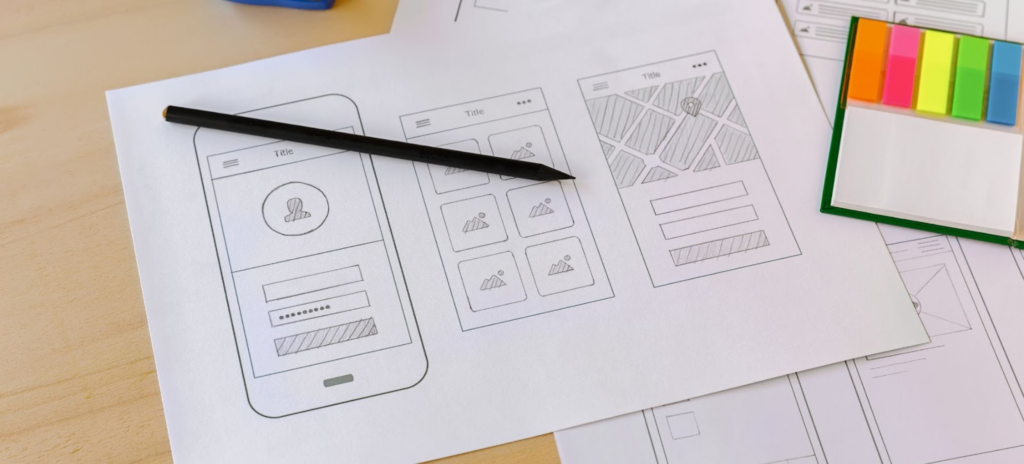
The team designs and develops prototypes to test and validate product requirements. The prototypes analyze the product’s functionality, usability, and user experience. The unit can test in real-life scenarios to determine if the product meets the standards and is ready for launch. The prototypes also help the team ensure that the product meets user expectations and the product’s vision leading to a successful product launch.
Develop The Product

The development team builds the product by coding the different components, designing the database, and creating user interfaces. Once the development is complete, the team tests the product to ensure it meets the requirements. If the tests are successful, the product is ready for launch.
Test and validate the product:

The team conducts tests and evaluations to ensure the product meets the requirements and is fit for the intended use. Once the tests and assessments are complete, the team reviews the results to determine if the product meets the desired specifications. The testing process also helps identify potential problems that could affect the usability or performance of the product. After the review, the team can make necessary adjustments or changes to the development and further test it to ensure it meets the requirements. The team also provides product owners and stakeholders feedback to ensure the product meets their expectations.
Bring the product to market:

After successful testing, the team launches the product, markets it, and supports it until it reaches the end of its life. These measures include providing customer service and responding to customer feedback, providing updates and maintenance for the product, and monitoring the product’s performance in the market. Additionally, the team should work to identify any potential improvements or enhancements to the product over time. These strategies help ensure the product remains competitive and appealing to customers in the long term.
What does a product development team consist of?
A product development team typically includes a variety of roles with different skill sets and responsibilities. Some typical roles may involve a Product Manager, Software Engineers, Designers, Quality Assurance Testers, and Technical Writers, depending on the company, the size of the group, and the nature of the product being developed. UX Researchers, Data Scientists, and DevOps Engineers are examples of specialized roles. Each role is essential in helping to create a successful product that meets customer needs and expectations.
However, some typical functions found on a product development team include:
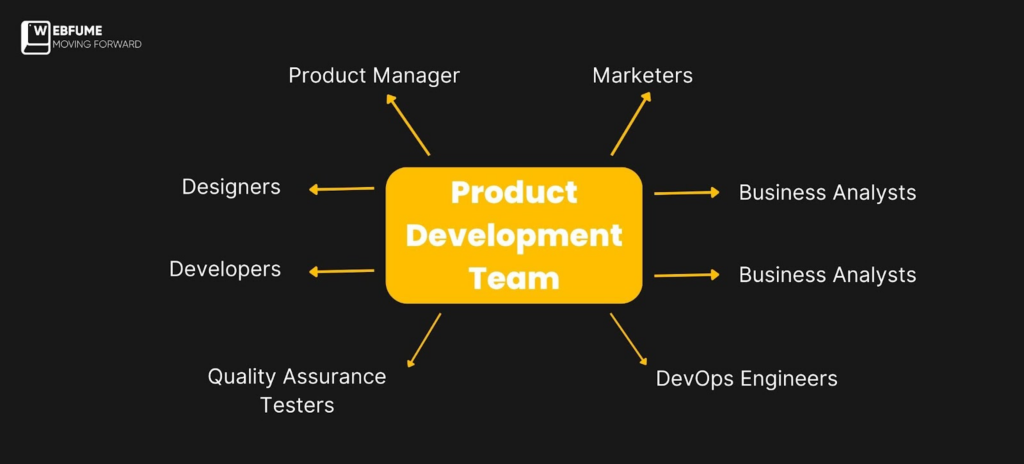
Product Manager:
- A product manager is responsible for leading the product development process, defining product strategy and requirements, and ensuring the product meets the target market’s needs.
- They work closely with the software development team to define product features, develop roadmaps, and coordinate releases.
- They are also responsible for gathering product feedback, analyzing market trends, and monitoring the product’s success.
- A product manager ensures that the product meets customer expectations and is delivered on time and within budget.
- Considering that 1 in 5 products fail to meet customer expectations- 280 Group Survey, the role of a product manager is more important than ever to ensure a successful product launch and a well-performing product.
Designers:
- These team members are responsible for creating visual and user-centered designs.
- They include graphic designers, user interface designers, user experience designers, etc.
- They strive to create beautiful, intuitive designs that make the user experience as enjoyable as possible.
- By collaborating, they can harmoniously create the most effective product for their users.
Developers:
- Developers are responsible for writing code that is optimized for the software product and can be easily maintained.
- They use programming languages to create code that brings the product to life and makes it functional.
- Moreover, developers collaborate with other team members to ensure that the product meets the customer’s needs and is user-friendly.
- Ultimately, developers are the driving force behind successful software product development teams.
Quality Assurance Testers:
- These team members are responsible for testing the product and ensuring it meets the required quality standards.
- They conduct rigorous tests on the product to ensure it meets all the requirements.
- They use various tools and techniques to test the product, ensuring it is of the highest quality.
- The Q/A testers also ensure that all the product features and functions are working correctly. This helps in providing the best user experience for the customers.
DevOps Engineers:
- A DevOps Engineer is an essential member of a software product development team.
- He is responsible for integrating and automating the different phases of the software development life cycle.
- This life cycle includes setting up continuous integration and delivery pipelines, configuring and deploying applications, and monitoring system performance.
- By leveraging their technical expertise, DevOps Engineers help to ensure that the development process is efficient, secure, and agile.
- They also play an essential role in ensuring that the team can quickly and effectively produce high-quality software products.
Marketers:
- Marketers are responsible for creating and executing the product’s marketing strategy and promoting it to the target market.
- They are the ones who bring the software product to the customers.
- They devise innovative marketing strategies to reach out to the target audience and increase the sales and exposure of the product.
- They are responsible for creating campaigns, content, and promotional activities to raise awareness and generate leads for the product.
- They also track the product’s progress and modify the marketing strategies accordingly.
Business Analysts:
- Business Analysts are a vital part of the software development team.
- They use their skills and expertise to identify customer needs, assess market trends, and assess the product’s viability in the current market.
- They provide valuable insights essential for any software product’s success.
- Through their analysis, they help the team to build the right product that meets the customer’s needs and makes the product successful.
Depending on the specific product and company, some teams might include other roles, such as researchers, analysts, or external consultants.
Functions Of A Product Development Team
Innovation

The innovation phase focuses on generating ideas for new features or conducts and evaluates improvements to existing features. This phase typically involves research, brainstorming, and concept development. The team may also conduct user research to gather feedback and insights about potential features. This phase aims to identify new opportunities for the product to address user needs and to create a plan for implementing these ideas. After developing the concepts, the design and development teams work on them for further development and implementation. However, this process comes with its own challenges, as the success of any product depends on selecting the right ideas out of the many generated. Even though ideas are often developed in abundance, only one out of seven product ideas have the potential to succeed- pivotint.
Product management
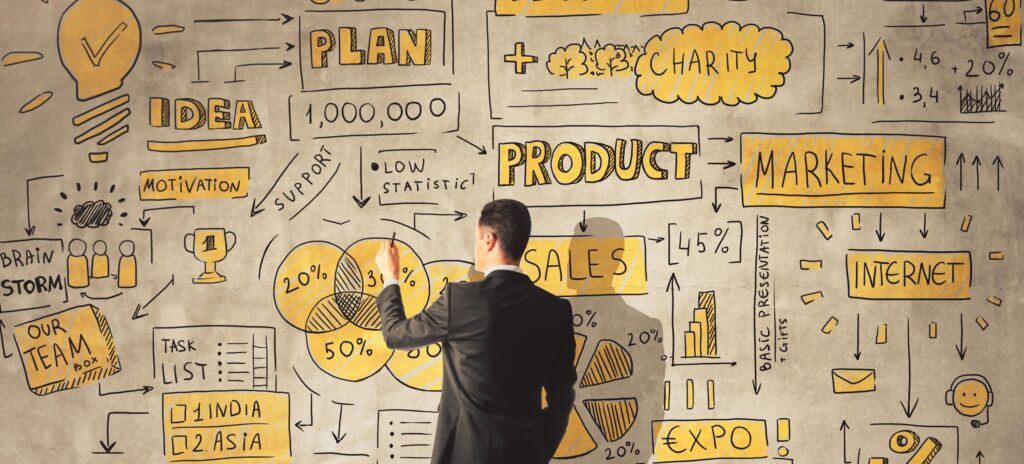
The stage defines a product’s overall strategy, direction, and goals. This phase involves working closely with cross-functional teams, including design, development, marketing, sales, and support. The product manager works on defining the product’s features, user stories, and requirements and prioritizes them based on the company’s objectives and market trends. He conducts market research and competitor analysis with his product management teams to stay updated with industry developments and user needs. The product management phase aims to deliver a product that meets users’ requirements and business objectives. A well-defined product management organizational structure helps ensure that all stakeholders work together towards a common goal. It also clarifies who is responsible for what tasks and helps streamline team communication.
When done well, product management can positively impact a company’s bottom line—a fully optimized product manager could increase profits by up to 34.2%- UserGuiding. However, 50% of survey participants stated that their product management teams fail to have a consistent or well-prepared process- UserGuiding. This highlights the need for companies to ensure their product management teams are well-equipped to deliver maximum value.
Product Designing

Product Designing is a critical phase of the product development process. It involves designing the product’s features, user interface, and user experience. The design team works closely with the product management team to understand and interpret user needs and to create a product that meets those needs. The design team also considers the product’s aesthetic appeal and how it will fit into the user’s context. The design team creates an intuitive, user-friendly, and visually appealing effect through this process. This phase requires a deep understanding of the user. It involves extensive research, prototyping, and testing to ensure that the product meets all the user needs. According to a survey, 85% of buyers stated that product information and visuals are essential deciding factors when purchasing from a brand- thinkwithGoogle.
Product Development
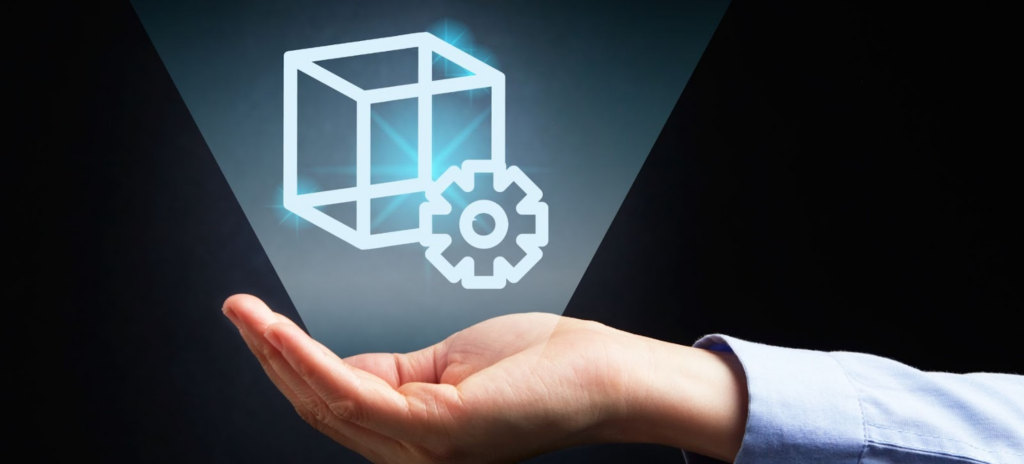
The development phase focuses on developing and implementing the product. This phase includes coding, testing, debugging, and documenting the software. Developers work on developing and testing the product’s features and functionalities. They also work on integrating different parts of the system and ensuring that the product is stable and performant. Depending on the company’s approach, the developers may use Agile, Scrum, or Waterfall methodologies. They also work with QA teams to ensure that the product meets the expected quality standards. The development phase aims to build a product that meets the requirements, is stable, and performs well.
Product Testing

Product Testing is the process of validating a product’s features and functionalities. It is an important phase of the product development process. It helps identify issues and defects before releasing the product to the market. This phase involves testing the product manually or using automated testing tools. The team tries the product for usability, performance, compatibility, and security. The test team also works on creating test scenarios and test cases and documenting the results. This phase helps ensure that the product is ready for release and is of high quality. Product testing is also helpful in understanding user behavior, as it helps identify areas of improvement.
Product marketing

The product marketing phase communicates and promotes the product to the target market. This phase typically starts once the product is developed and ready for release. To comprehend the product’s features, advantages, and target market, the product marketing team collaborates with the product management team. They then create a product positioning and messaging strategy, a core value of product marketing, to resonate with the target market. They also develop a go-to-market plan, which includes the launch strategy, pricing, packaging, and sales enablement materials. They also work with the sales and marketing teams to create campaigns and content to promote the product. The product marketing phase aims to create awareness, generate demand, and drive product adoption among the target market.
Operations

The operations phase deploys the product and makes it available to the end users. This phase includes testing, deploying, and maintaining the software. It also involves monitoring the product’s performance, addressing issues, and updating and improving the product as needed. The operations phase aims to ensure that the product is stable, reliable, and performs well for the end users.
Product Development Team Structures
A product development team typically includes a variety of roles with different skill sets. Depending on the company and product, the team may consist of members with expertise in design, engineering, marketing, user experience, business analysis, and more. The group leader is usually a product or project manager responsible for coordinating activities and ensuring that the team works together to achieve its goals. Along with their roles, each member should be focused on working collaboratively to create an effective product.

There are several different structures that a product development team can take. It depends on the complexity of the product, as well as the goals and culture of the organization. Some of the most common structures include:
By Product line:
The team divides into smaller groups, each focused on developing and maintaining a specific product or product line. Each product line team is responsible for the entire product lifecycle, from research and development to deployment and maintenance, and has its product manager, development team, and QA team. This structure allows for a more specialized and dedicated focus on each product line, which can lead to more efficient and effective development.
By Product features:
This structure allows for a more dedicated focus on specific features or functionalities of the product, which can lead to more efficient development. It also allows for better collaboration and communication between feature teams working on the same product.
By Cross-functional collaboration:
In this structure, the team comprises members from different functional areas, such as design, development, QA, and product management, who work together to deliver the product. This structure allows for better collaboration and communication between different functional areas, leading to more efficient and effective development. It also provides a more holistic view of the product and its development, which can lead to a better user experience.
By Customer segment:
In this structure, the team divides into smaller groups; each focuses on developing and maintaining specific software products or features for specific customer segments. This structure allows the team to tailor their efforts and resources to meet customer segments’ particular needs and preferences. Each customer segment team has its product manager, development team, and QA team. They work closely to deliver a software product that meets the target segment’s needs.
By Customer journey:
This structure organizes product development teams by customer journey, meaning that each team is responsible for developing products that align with a specific stage of the customer journey. This structure allows for a more user-centered approach, as the team can ensure that the product meets the customer’s needs at each stage of their journey.
By Performance matrix:
The performance matrix is a way to organize product development teams, meaning that each team has people who are good at different things. This structure allows for a more agile and dynamic approach to product development by reassigning the team members to other teams or projects based on their performance and the organization’s needs.
The best structure for a product development team is tailored to the organization’s goals, culture, and resources. A successful product development team should be organized into specialized departments or roles that focus on specific areas of expertise. This structure should also have effective communication channels between departments and clear lines of accountability. It is vital to ensure that team members have the skills and resources necessary to reach their goals and complete their tasks promptly. Additionally, it is beneficial to have mechanisms in place for feedback from customers and stakeholders so that the team can adjust its strategy as needed. Ultimately, organizations can create an effective product development team capable of delivering high-quality products efficiently by finding the right balance of structure, resources, and communication channels.
WRAP UP
If you want your product development team to reach its full potential, you must understand the structure and roles of your team. By creating a clear framework for communication, collaboration, and decision-making, you can ensure that everyone’s on board and working together to make your product successful. Through this knowledge, you can unlock your team’s potential and make your product development process more efficient and effective.
Are you ready to revolutionize the market with a revolutionary product or service? Webfume can make it happen!
Our experienced product development team has the expertise to take your project from concept to completion. We understand that every project is unique and requires a tailored approach, so we’ll work with you to identify customer needs, conduct market research, design prototypes, optimize production processes, and quickly launch your innovative product. So don’t wait any longer — unlock the potential of your idea with Webfume and experience the power of creative solutions!





 “Unlock the Limitless Possibilities of Cha..
“Unlock the Limitless Possibilities of Cha.. Unlock the Magic of Artificial Intelligence Stor..
Unlock the Magic of Artificial Intelligence Stor..

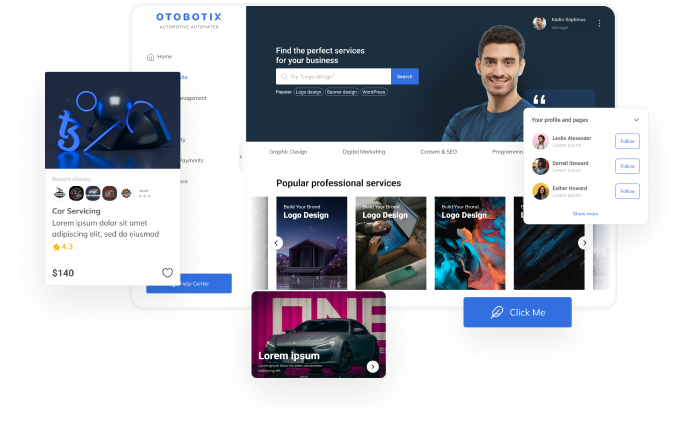






.png)
